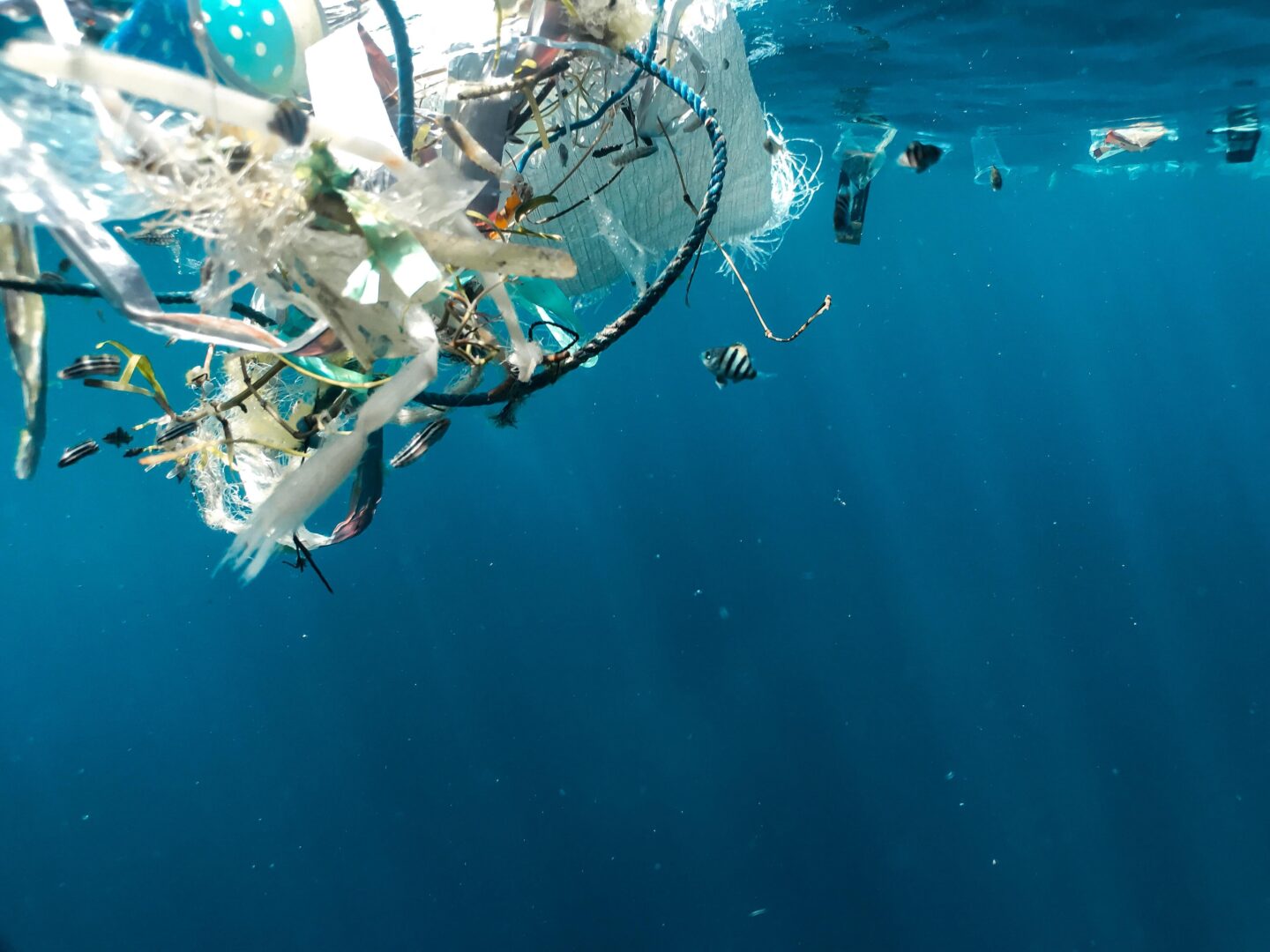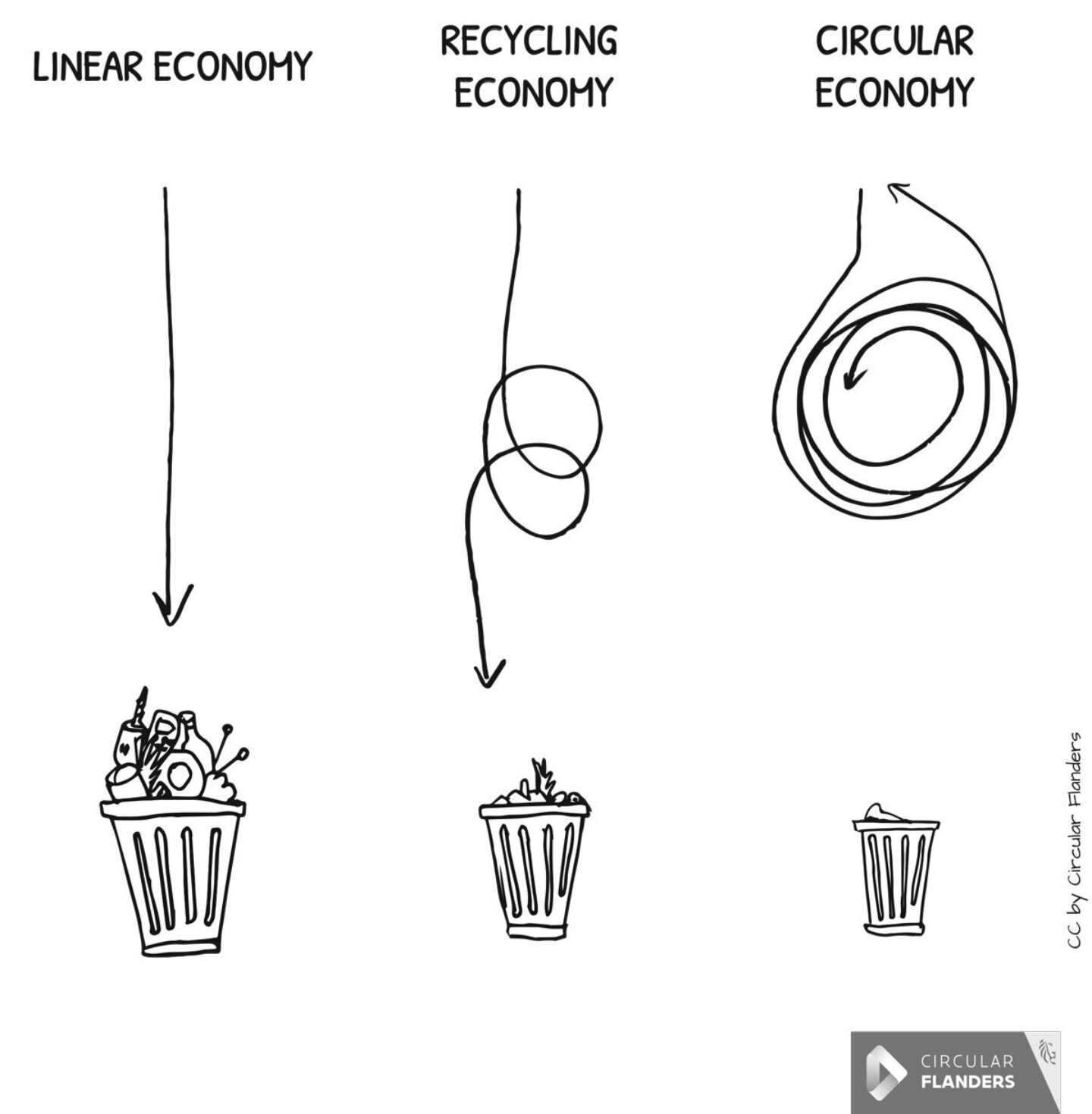Friday 7th October 2022
Last week Recorra attended the RECOUP plastics resource and recycling conference 2022. It was fascinating to see the developments occurring in this area.
Tom Heap, BBC journalist, chaired multiple panels where industry experts discussed where the UK is when it comes to plastic creation, reuse and recycling.
Whilst some plastics are problematic, they shouldn’t all be painted with the same brush.

Image: Naja Bertolt Jensen
So, what’s the deal with plastic?
Plastic in our oceans is a huge issue but, switching out all plastic dogmatically for alternatives like card isn’t always better when looked at from a carbon footprint perspective.
For example, plastics like PET are incredibly strong and food safe. You don’t need so much material to create packaging. What’s more, it’s easily cleaned so when plastic is used for food it can be recycled if put in the right bin. Whereas, cardboard can be contaminated with food residue can become unrecoverable and degrade a load of recycling. The trade-offs here are complex.
Even though recycling is a great solution, it shouldn’t be our first port of call. Like paper and card, there are limits to how often plastics can be recycled (up to 3 times before being discarded is typical). This is because recycled plastic is usually made into a lower quality product. This is known as downcycling.
Using less packaging in the first place is key. Making reuse mainstream is a huge challenge. However, there are some great innovations in the pipeline, such as those developed by Unpacked Innovations. Director Catherine Conway spoke on a panel about the developments her company has made to creating a standardised solution for refill in supermarkets to become more mainstream.
What’s more, not enough of the plastic waste created in the UK is recycled. This is, in part, because there are many kinds of plastic and we don’t have standardised symbols on packaging, leaving recyclers confused, although the On Pack Recycling Label programme is trying to simply labeling for packaging.
So, here are the 7 most common types of plastic:
- 1. PET – Polyethylene Terephthalate which is easily recycled
- 2. HDPE – High-Density Polyethylene
- 3. PVC – Polyvinyl Chloride
- 4. LDPE – Low Density Polyethylene
- 5. PP – Polypropylene which is easily recycled
- 6. PS – Polystyrene
- 7. Other – Other plastic types

IMG: Oliver Radwell
As you can see, despite the range of plastics commonly used in the items we buy, only some are widely recyclable. So, before you throw something in the bin, just take a moment to think. Is it; PET (1), HDPE (2) or PP (5), because if it’s not, it often won’t be recyclable. Or follow the OPRL guidelines.

Img credit: Circular Flaunders
So, we have a huge amount to do as a country when it comes to treating plastics as the valuable resource they are. With increased proactivity from both governments and businesses alike, we are seeing initiatives introduce, like the UK Plastics tax. However, countless initiatives focus on reducing, reusing and the recycling of plastic are taking us one step closer to a circular-economy future.
